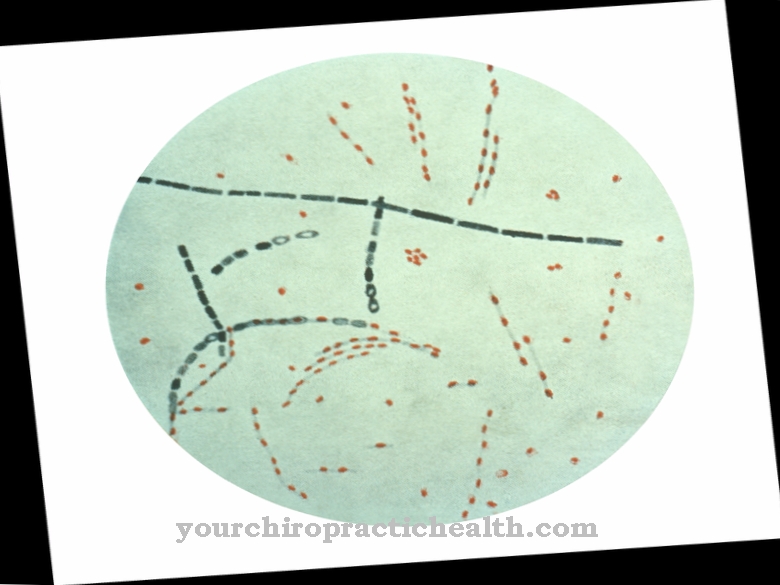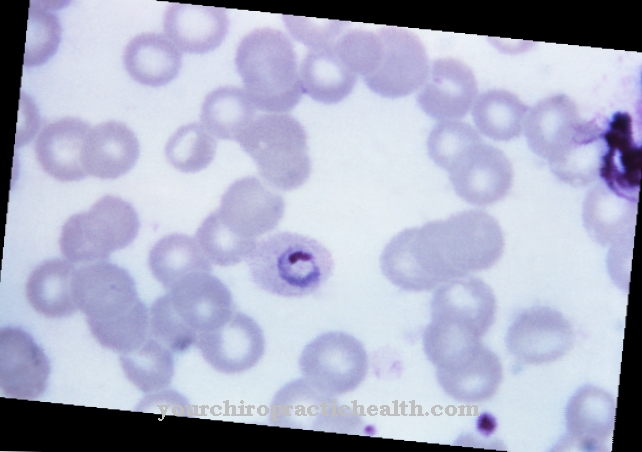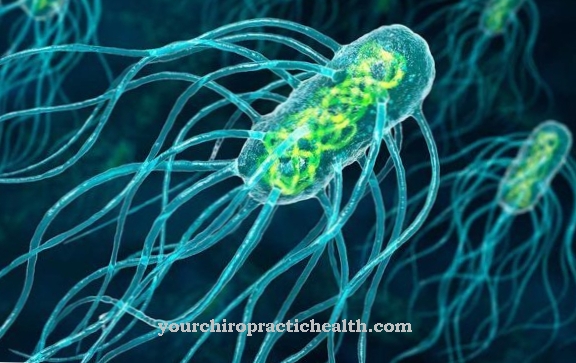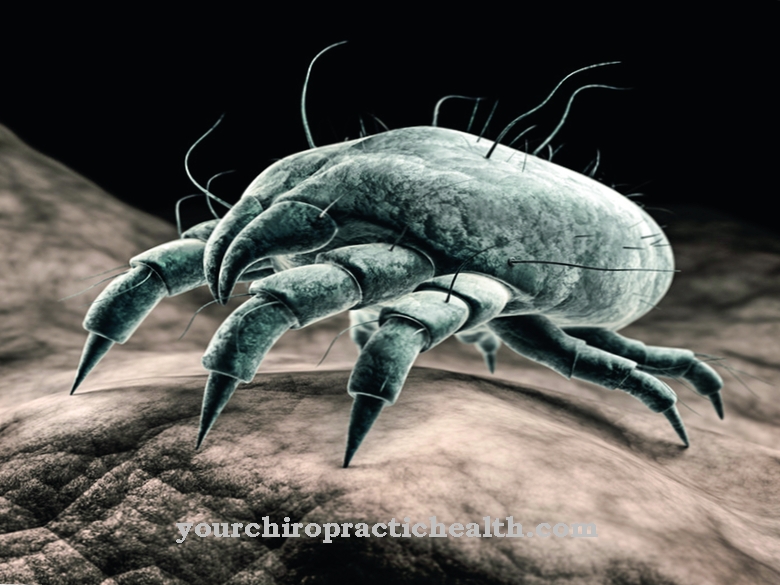Candida albicans is a yeast from the Candida group and the most common cause of candidiasis. It can be detected in 75 percent of all people.
What is Candida Albicans?
Candida albicans is probably the best-known representative from the group of facultative pathogenic fungi. Candida is a polymorphic fungus. This means that it can develop different forms of growth. This property plays an important role in pathology. Due to its adaptability, Candida albicans can prove to be extremely resistant to therapy in some cases.
Normally the individual fungal cells are round and have a diameter between 4 and 10 µm. However, Candida albicans can also form pseudomyceles and hyphae. Hyphae are an indication of invasive colonization. This form of Candida infection usually only affects immunosuppressed people, i.e. people with a compromised immune system, such as cancer patients or HIV patients.
Occurrence, Distribution & Properties
Candida albicans is a fungus that is ubiquitous. It enters the human body through daily food. The pathogen can be found on vegetables, meat and fruit, for example. Ready-made raw vegetable salads in particular are often highly contaminated with Candida albicans.
Studies show that the fungus can survive for at least a month on objects outside the human body at a humidity between 30 and 50 percent. As a rule, no more cells capable of multiplying can be determined until after six months. If the humidity is 100 percent, the mushrooms can survive for up to a year.
Normally, Candida albicans is part of the transient intestinal flora. This means that the fungi get into the intestines through food, but do not settle there. The local healthy intestinal flora, which consists of Escherichia coli, lactobacilli and Bacteroides, prevents the fungus from spreading in the intestine.
It becomes problematic if the intestinal flora is impaired, for example due to previous antibiotic treatment. A disturbed intestinal flora offers Candida albicans the opportunity to settle in the intestine. To do this, the fungi attach themselves to the intestinal mucosa. If they are threatened by anti-fungal agents, for example, they can change their shape and briefly migrate into the intestinal mucosa. That's why some types of candida are already resistant to the antifungal drug nystatin.
Researchers have now found that the toothbrush is a significant source of reinfection. People who suffer from Candida albicans should therefore change their toothbrushes after the therapy. Otherwise they could become infected again while brushing their teeth.
Sexual transmission should not be underestimated either. Many women suffer from recurring vaginal infections. Most of the time, these infections are caused by taking antibiotics or cortisone. These affect the vaginal flora and allow the fungi to spread. Sexual transmission is also possible. Men can have a genital infection with Candida albicans without experiencing symptoms. During intercourse without a condom, the yeasts are then transmitted. Treatment of the woman is then ineffective, as more fungal colonies get into the vagina when you have sex again. This effect must be taken into account when treating recurrent genital fungi.
Illnesses & ailments
A colonization of the intestines by Candida albicans can go completely unnoticed. Some researchers even believe that low levels of Candida albicans are not pathological, but physiological. However, with a strong increase in yeast in the intestine, diarrhea, constipation, abdominal pain and other digestive disorders can occur.
Candida albicans prefers to use carbohydrates. When the carbohydrates are metabolized by the fungus, alcohols are produced. These include fusel alcohols. These reach the bloodstream via the intestinal mucosa and the liver via the portal vein. The liver has to break down the alcohols. In the case of heavy colonization, this can lead to significant stress on the liver.
Candida albicans can not only affect the intestines. The preferred places of infection of the yeast include the oral cavity, the oral mucosa under dentures, the mucous membrane of the genital area, the conjunctiva in the eye and the nail folds. Damp skin folds also offer the fungus optimal growth conditions. A whitish, wipeable coating becomes visible on the mucous membranes with Candida infection. The infection manifests itself on the skin as a strong reddening with itching.
In women, the fungus likes to manifest itself in the vaginal area. A typical symptom of a vaginal yeast infection is white, crumbling discharge from the vagina. In contrast to the discharge from a bacterial infection, the discharge from a candida infection does not smell. However, it is associated with itching in the vulva area. In severe cases, erosions can develop that spread over the vulva to the inside of the thighs. Genital fungal infections in men are also known as balanitis. Here the acorn is affected by the fungal attack. It is inflamed, reddened, and secretes purulent secretions.
If the immune system is severely weakened, the infection with Candida albicans can spread to the heart, stomach, liver, lungs, spleen and the central nervous system (CNS). Around 14 percent of all patients in the intensive care unit are affected by a generalized infection with Candida albicans. Older people are more often affected than young people. Systemic candidiasis, i.e. extremely severe cases, are fatal in more than 70 percent. The so-called candida sepsis is particularly feared. Large amounts of the pathogen are found in the blood. Candida albicans is now the fourth most dangerous pathogen in hospital infections.

















.jpg)



.jpg)

.jpg)




